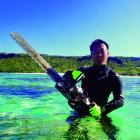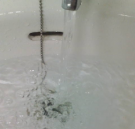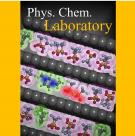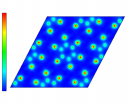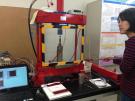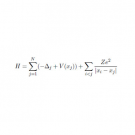My research focuses on onshore tsunami deposits which were formed by past tsunami inundations. Sediment cores are collected at coastal lowlands and lakes (Fig. 1). Tsunami deposits in sediment cores are analyzed and dated to know earthquake and tsunami history over the past thousands of years. Geological surveys will contribute to evaluate the magnitude and timing of future earthquakes and tsunamis.
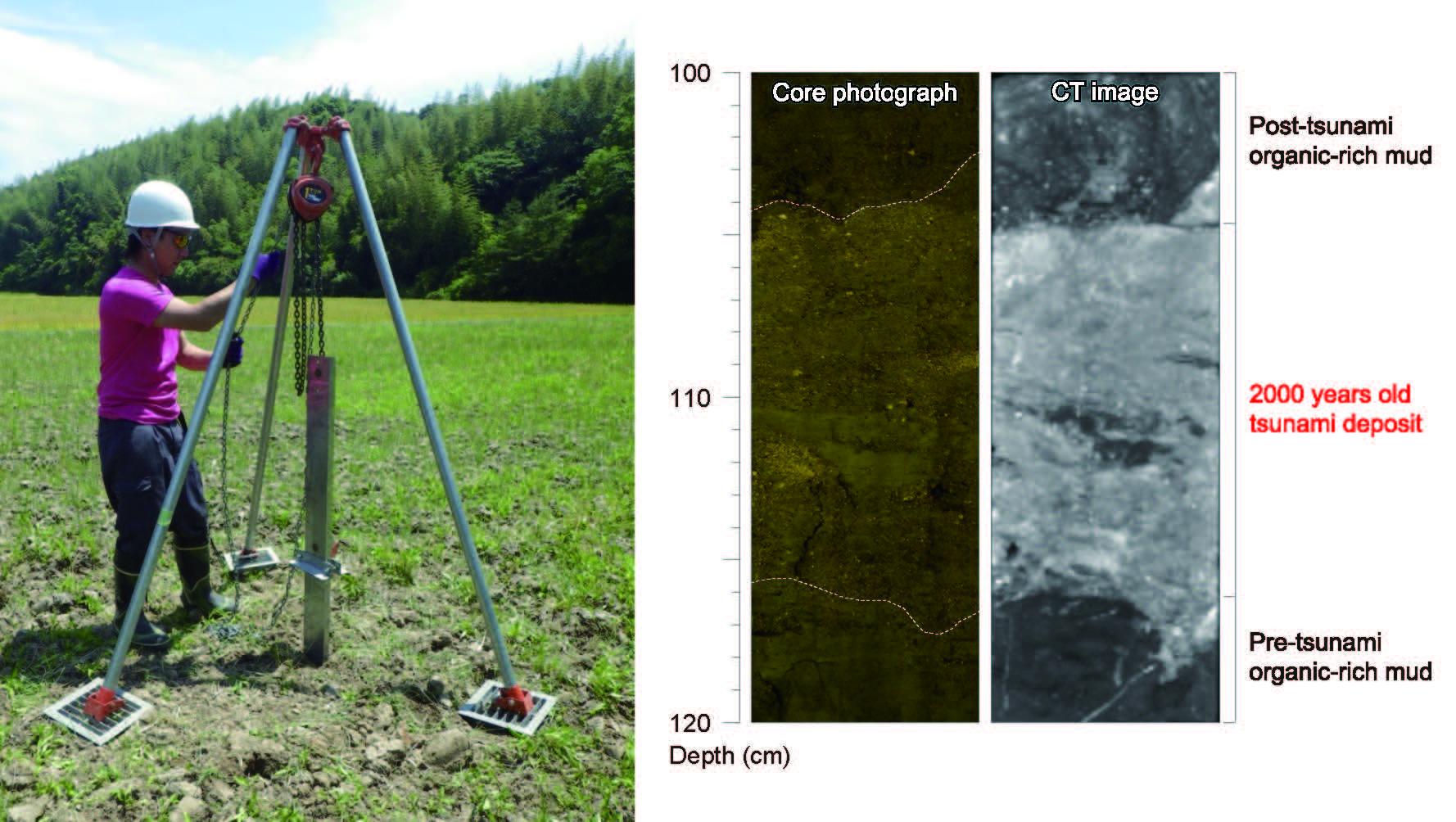
Fig. 1. Photographs of tsunami deposit survey and the 2000 years old tsunami deposit in the sediment core in Kyushu, Southern Japan.
Recently, there are lots of studies focuses on numerical simulations together with the distribution of tsunami deposits. In my research, a huge tsunami generated by the 7.3 ka caldera-forming eruption of the Kikai volcano, southern Japan, was numerically simulated (Fig. 2). Combination of field studies and numerical simulations can unravel prehistoric earthquakes and associated tsunamis more accurately. Estimation of tsunami information (i.e., current velocity, tsunami height) by the thickness and grain size of tsunami deposits is also my recent topic.
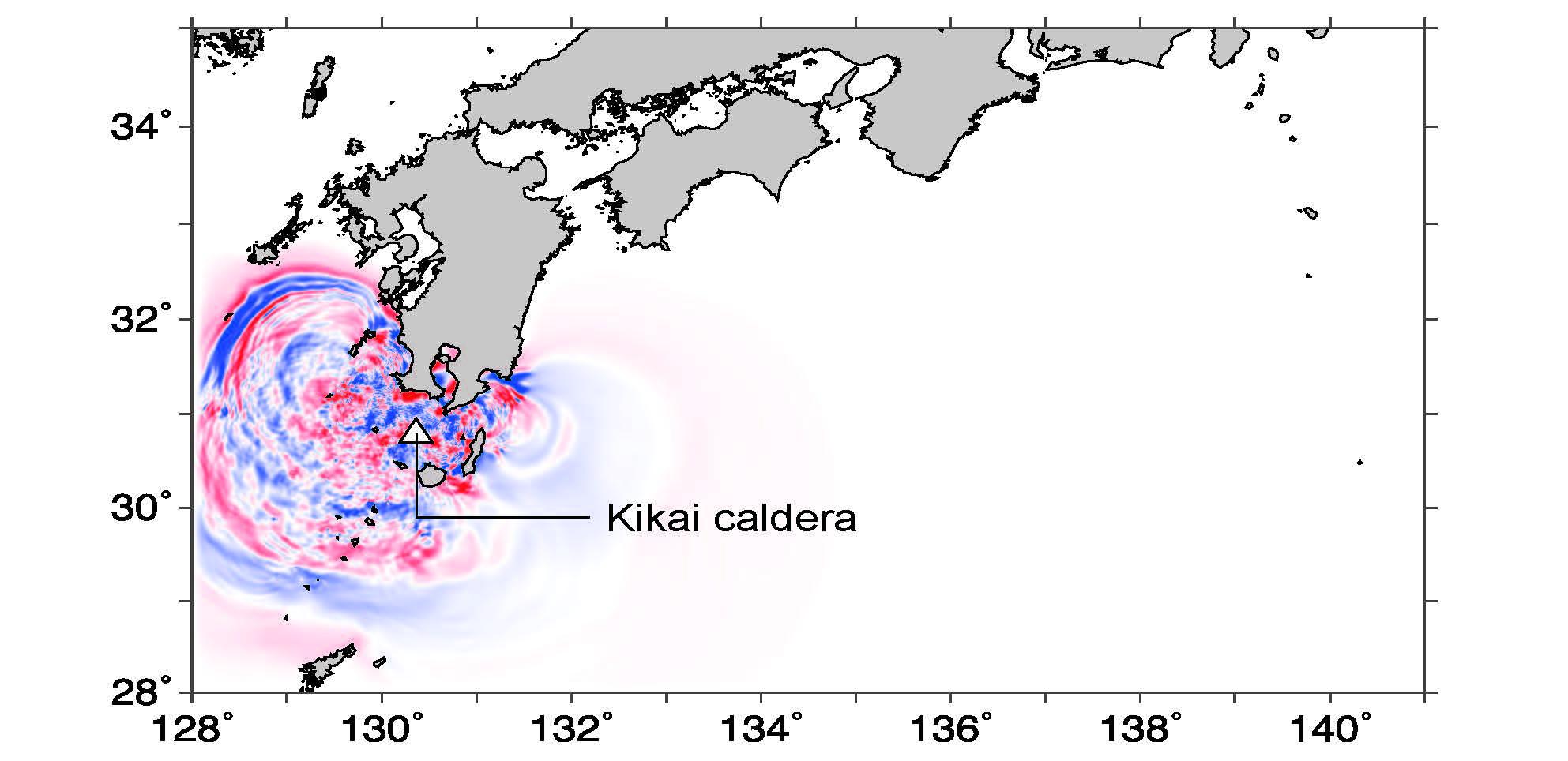
Fig. 2. Tsunami simulation associated with the 7.3 ka caldera-forming eruption of the Kikai volcano, southern Japan.
